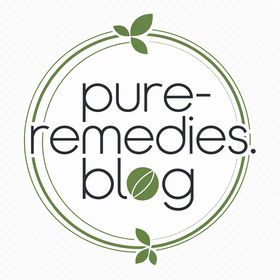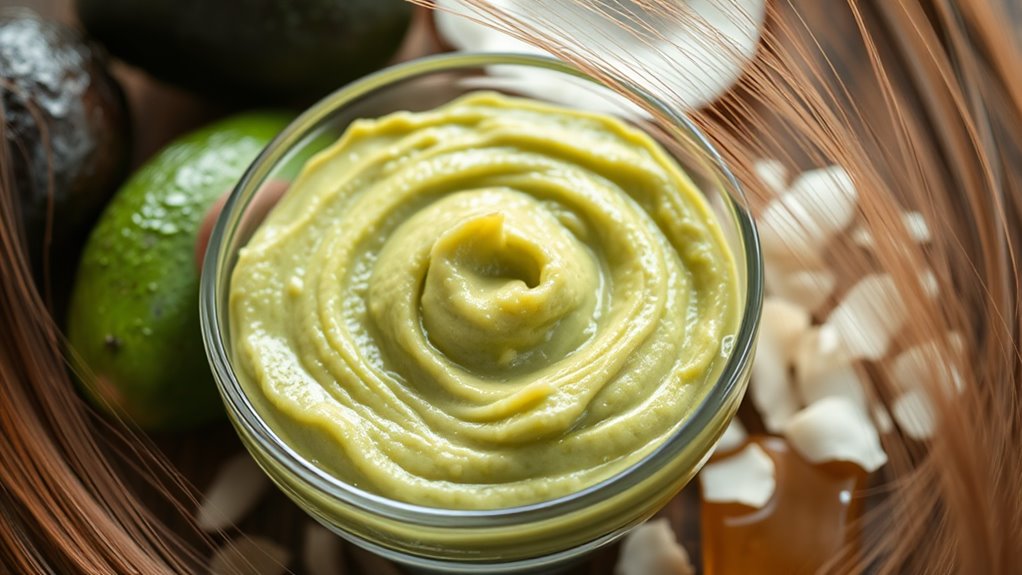Nourish Your Hair Naturally With This Homemade Mask
If you’re looking to revitalize your hair without relying on store-bought products, a homemade mask might be just what you need. This simple yet effective recipe combines natural ingredients to nourish and strengthen your locks. Not only can it save you money, but it also reduces waste. Curious about what goes into this mask and how to apply it for the best results? Let’s unpack the details together.
Key Takeaways
- Create a nourishing homemade mask using natural ingredients like coconut oil, honey, and aloe vera for essential moisture and shine.
- Incorporate protein-rich foods like eggs and yogurt to strengthen hair strands and promote healthy growth.
- Apply the mask evenly from roots to tips and massage into the scalp for better absorption and hydration.
- Use the mask once a week for optimal moisture balance, or adjust frequency based on your hair type’s needs.
- Customize ingredients to suit your hair type, such as using more coconut oil for dry hair or lighter oils for oily hair.
Benefits of Homemade Hair Masks
Have you ever wondered why homemade hair masks are gaining popularity? One major reason is the financial benefits—they’re often much cheaper than store-bought alternatives.
You can whip up a nourishing mask using ingredients you likely have at home, saving money while treating your hair.
Plus, homemade masks promote sustainability.
By choosing natural ingredients, you reduce plastic waste associated with commercial products and minimize the carbon footprint of production and shipping.
Additionally, these natural ingredients can stimulate new growth and provide essential nutrients that help combat hair loss.
Embracing homemade hair masks not only nurtures your hair but also supports eco-friendly practices, making it a win-win for both your wallet and the planet.
Key Ingredients for Nourishing Hair
When it comes to nourishing your hair, the right ingredients can make all the difference.
Natural oils provide essential moisture and shine, while protein-rich ingredients strengthen your strands from within. One effective option to consider is incorporating essential oils into your homemade masks, as they can help promote healthy hair growth and combat thinning.
Let’s explore how you can harness these powerful components in your homemade hair masks.
Natural Oils Benefits
Natural oils are powerful allies in your hair care routine, offering a wealth of benefits that nourish and rejuvenate your locks.
These oils, like coconut and olive, not only provide cooking benefits but also deeply moisturize your hair and scalp.
They help reduce dryness and frizz, promoting shiny, manageable tresses.
Moreover, natural oils enhance skin moisturizing, making them perfect for scalp health, too.
By incorporating these oils into your homemade hair mask, you’ll infuse your hair with essential nutrients, transforming it from dull to vibrant.
Embrace the magic of natural oils and watch your hair flourish!
Protein-Rich Ingredients
Incorporating protein-rich ingredients into your homemade hair mask is essential for restoring strength and vitality to your strands.
Ingredients like eggs, yogurt, and avocados pack a punch of fitness proteins that help repair damage and promote growth.
These proteins not only nourish your hair but also enhance its elasticity, making it less prone to breakage.
If you follow protein diets, you know how crucial these nutrients are for overall health; the same goes for your hair.
Step-by-Step Guide to Creating Your Hair Mask
Creating your own hair mask can be a fun and rewarding experience, and with just a few simple ingredients, you can nourish your locks right at home.
Start by choosing a base like yogurt or avocado, then mix in your favorite oils, such as coconut or olive.
For added benefits, consider incorporating honey or essential oils.
If you encounter any issues, follow some troubleshooting steps, like adjusting the consistency with water or more oil.
Don’t forget to explore customization options based on your hair type—add protein for strength or aloe vera for hydration.
Additionally, using a natural DIY growth oil blend can further enhance your hair’s health and stimulate growth.
Enjoy tailoring the mask to your specific needs!
How to Apply the Hair Mask Effectively
Now that you’ve created your homemade hair mask, it’s time to apply it for the best results.
Proper preparation and effective application techniques can make a real difference in how your hair absorbs the nutrients. Additionally, incorporating scalp massage techniques during application can enhance blood circulation to the hair follicles, promoting faster growth.
Let’s explore how to get the most out of your mask for luscious, healthy locks.
Preparation of Hair Mask
Applying a hair mask effectively can transform your hair care routine, giving your locks a much-needed boost of hydration and nourishment.
Start by gathering your ingredients and check for any allergens before mixing.
Once you’ve created your mask, you’ll want to store any excess properly.
Use airtight containers for short-term storage in the fridge, but remember to use them within a week to maintain freshness.
Label the containers with the date to keep track.
With the right preparation and storage ideas, you’ll ensure your homemade hair mask is both effective and safe for your hair.
Enjoy the benefits!
Application Techniques Tips
With your homemade hair mask ready for use, the next step is to apply it effectively to maximize its benefits.
Start by sectioning your hair into manageable parts, using a wide-tooth comb for easy distribution.
Warm the mask slightly for better absorption, then scoop a generous amount and apply it from your roots to the tips.
Don’t forget to give your scalp a gentle massage; this stimulates blood flow and enhances nourishment.
Focus on areas that need extra care.
After application, cover your hair with a shower cap for 30 minutes, allowing the mask to work its magic.
Rinse thoroughly!
Recommended Frequency of Use
Using a homemade hair mask once or twice a week can significantly enhance your hair’s health and appearance. This optimal frequency allows your hair to absorb nutrients without being overwhelmed. It’s essential to establish safe intervals between applications. Overusing the mask might lead to product buildup or weigh your hair down. Additionally, incorporating natural ingredients in your hair mask can provide essential vitamins that promote hair growth and strength.
| Frequency | Benefits |
|---|---|
| Once a week | Maintains moisture balance |
| Twice a week | Boosts nourishment and shine |
| Every two weeks | Suitable for sensitive hair types |
Additional Tips for Hair Care
Maintaining your hair’s health goes beyond just using a hair mask; it involves a holistic approach to care.
Regular hair brushing helps distribute natural oils, promoting shine and preventing breakage.
Use a wide-tooth comb to detangle wet hair gently, minimizing damage.
Prioritize scalp health by keeping it clean and exfoliated; consider using tea tree oil or aloe vera for soothing benefits.
Don’t forget to hydrate!
Drinking plenty of water ensures your hair stays moisturized from the inside out.
Lastly, protect your hair from heat and environmental stressors by wearing a hat or using heat protectants when styling.
Incorporating essential oils like lavender oil can also enhance your overall hair care routine by promoting relaxation and reducing stress, which can impact hair health.
Your hair will thank you!
Natural Alternatives for Different Hair Types
How can you find the right natural alternatives for your hair type?
Start by exploring global practices and cultural methods.
For dry hair, try a honey and olive oil mask, which moisturizes and nourishes.
If you have oily hair, a clay mask can absorb excess oil and clarify your scalp.
Curly hair benefits from coconut oil, enhancing moisture and definition. Coconut oil is known for its anti-inflammatory properties, which can also help soothe the scalp and promote overall hair health.
For fine hair, consider using a lightweight aloe vera gel to add volume without weighing it down.
By tailoring these natural alternatives to your specific hair type, you’ll achieve healthier, more vibrant locks naturally.
Embrace these simple, effective solutions!


